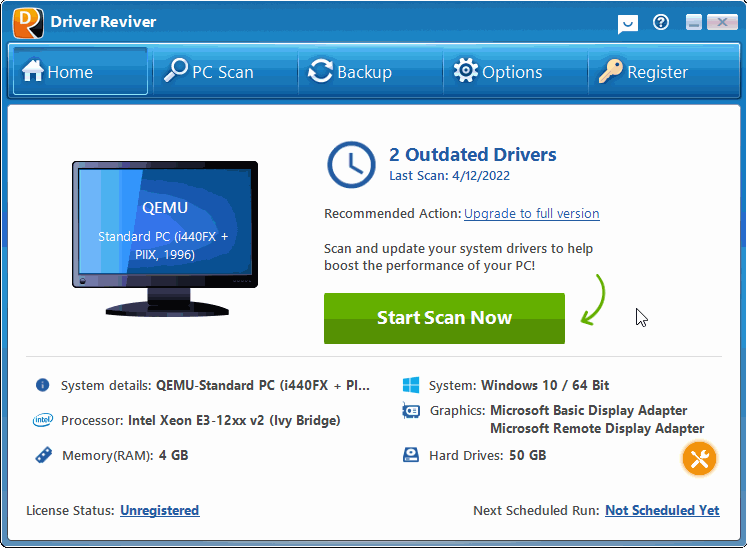
Advertisers can track your movements online. Here’s how to protect your privacy.
In today’s world, many websites are free to use because they allow advertisers to pay for ads, just like newspapers. But unlike newspapers, online ads target you, your interests, and your behaviors by tracking your online activity.
As tracking technology advances, ads are optimizing to better predict what kind of products you’ll buy and when.
How Advertisers Get Your Data
Advertising platforms such as Google, Facebook, Instagram, Pinterest, etc. get your information through data you give them, or data they get from you through third parties.
Websites you purchase products from have tracking technology running behind the scenes. One kind of tracking technology is a small piece of code called the “Facebook pixel.”
Here’s how the Facebook pixel works:
First, a business adds the pixel to their website’s code. Then, if you click an ad or visit that business’ webpage, the pixel may ‘follow’ you. It tells the business which of their pages you visit, which products you look at, and more.
After the pixel collects this information, you may start seeing ads for that product, or similar products, on Facebook and other websites.
How Advertisers Use Your Data
Advertisers use platforms like Google ads or Facebook ads to sell their products. They figure out which interests or behaviors their target demographic shares, and tailor ads using that information. For example, advertisers can target ads to someone based on their age, gender, interests, hobbies, job, zip code, income level, internet history, relationship status… and more.
Chances are, the ads you see on Facebook are a result of that targeting. You may also see targeted ads on Instagram, apps, websites… Pretty much anywhere on the web.
If you end up purchasing from one of these ads, these advertising platforms will use that information to optimize future ads they show you.
Many people are fine with being targeted by ads—after all, you’ve probably bought something because of an ad. But many people don’t want ads to follow them around the internet.
While you may not always be able to stop advertisers from following you entirely, you can always limit it.
Five Steps to Stop Ads from “Following” You
1. Delete your history and cookies periodically.
Your browser’s cookies are one of the main ways advertising platforms keep track of you. However, you shouldn’t turn off cookies entirely because that’ll stop the “good” cookies, like the ones that keep you logged into websites. But it may be good to periodically delete them to make tracking harder.
Clear cookies and browsing history using Chrome:
- Select the Up arrow at the top right of the browser
- Select Settings > Privacy & Security > Clear Browsing Data
- Then, choose the time frame and if you want to clear history, cookies, or cache. It may be best to choose all 3 and choose a timeframe of All Time.
Microsoft Edge:
- Select Settings and more > Settings > Privacy and services
- Select Clear browsing data or Cookies.
Safari:
Select Settings > Safari > Clear History and Website Data
2. Turn on private browsing.
Most browsers allow you to use the internet without saving your history and cookies. This allows you to surf the web with some anonymity, making it impossible advertisers to track your browsing history.
Most browsers allow you to use the internet without saving your history and cookies. This allows you to surf the web with some anonymity, making it impossible advertisers to track your browsing history.
Turn on private browsing on Windows:
Open your internet browser and press Ctrl + Shift + N
On Mac:
Open your internet browser and press ⌘ + Shift + N
3. Opt-out of Facebook ads.
Facebook won’t let you opt-out of ads on their platform completely, but you can choose to opt-out of targeted ads.
- Go to Settings > Ads > Ad Settings
- Under “Ads based on data from partners” and “Ads based on your activity on Facebook Company Products that you see elsewhere,” selectNot Allowed.
4. Limit tracking on iPhone & Android.
You can also limit ad tracking on certain smartphones.
Limit advertising tracking on iOS devices:
Go to Settings > Privacy > Advertising and turn on Limit Ad Tracking.
From here, you can also reset your phone’s Advertising Identifier which will clear some of the existing data advertisers have on you from your phone.
For Android devices:
- Go to Settings > Privacy > Advanced > Ads
- Turn on Opt Out of Ads
5. Use AdBlock.
AdBlock is a free add-on available in most browsers, and it does just what the name says: It blocks ads. Simply download the add-on (also called an extension), and enjoy an ad-free web experience.
Visit Adblock’s website to download. Or, go to your browser’s extension section and find it in the online store.
Bonus: How to Block Ads
Advertising platforms like Google and Facebook let you see some of the information they have about you that advertisers can use. This can include which companies uploaded your data to the platforms, what your interests are, your demographic, etc.
Learn what Facebook knows about you by reviewing your Ad Preferences
Learn what Google knows about you by reviewing your Ads Settings





